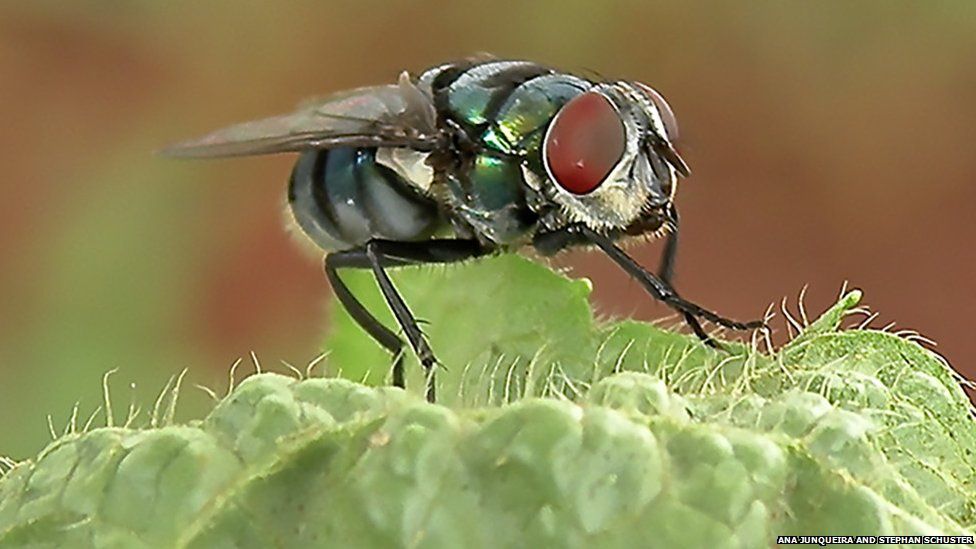The study found that flies use the shifting odors around them as a navigational aid

Finding the source of odors is essential for the survival of animals and insects of all kinds, from wolves to bees, but this becomes more difficult when the odors are dispersed and obscured by the wind. Previous studies have demonstrated that animals and insects locate these destinations by detecting the intensity of odors and then following the scent in the opposite direction of the wind.
It’s challenging for animals and insects, from wolves to bees, to find the source of odors when wind disperses and conceals them. Researchers have found that animals and insects locate their prey by sniffing the air and following the scent in the direction that the wind is blowing from. Similar to how chimney smoke spreads and its trail doesn’t always lead back to its origin, people can get lost if they rely on the wind to guide them. Researchers at Yale led by Thierry Emonet and Damon Clark wondered if flies could use one of their two antennae to detect the migration of smell packets without the help of wind.
The Emonet and Clark labs combined their expertise in motion detection and olfactory navigation to develop experiments to put this notion to the test. The researchers discovered that, in addition to the wind, flying insects may use their own sense of smell to determine the direction of moving odor packets. Such that they could make this discovery, they changed the flies’ DNA so that their antennae could detect light. The researchers next created artificial scent packets out of light and studied the flies’ reactions to them in still and windy circumstances. They found that a fly’s antennae work together to pick up on the movement of scent packets, allowing the insects to alter their flight path based simply on the signals emanating from the odorous particles.